Urgent: U.S. Farmers Face Financial Crisis as 2025 Farm Bill Looms – Farmonaut Analyzes Impact on Crop Insurance and Safety Nets
“Over 50% of U.S. farmers producing corn, soybeans, rice, and wheat have faced per-acre losses for multiple consecutive years.”
As we approach the critical juncture of the 2025 farm bill, American farmers find themselves at the precipice of a financial crisis that threatens the very fabric of rural America. Recent U.S. Senate Agriculture Committee hearings have unveiled a stark reality: producers of staple crops such as corn, soybeans, rice, and wheat are grappling with per-acre losses that have persisted for several consecutive years. This dire situation not only impacts crop yields but also jeopardizes the economic stability of rural communities across the nation.
At Farmonaut, we recognize the urgency of this situation and the pivotal role that advanced agricultural technology can play in mitigating these challenges. Our satellite-based farm management solutions offer a beacon of hope for farmers navigating these turbulent times. As we delve into the complexities of the looming farm bill and its potential impact on crop insurance and safety nets, we’ll explore how innovative approaches can contribute to a more resilient agricultural sector.
The Current State of U.S. Agriculture: A Crisis Unfolding
The agricultural landscape in America is undergoing a seismic shift, with farmers facing unprecedented financial pressures. Let’s break down the key factors contributing to this crisis:
- Persistent Per-Acre Losses: Farmers across multiple crop sectors are reporting significant financial losses on a per-acre basis. This trend is particularly alarming for producers of corn, soybeans, rice, and wheat – the backbone of American agriculture.
- Inadequate Safety Nets: The current farm bill’s provisions have proven insufficient in protecting farmers from market volatility and environmental challenges. Many producers are calling for a stronger safety net, including enhanced crop insurance options and higher reference prices for key commodities.
- Operating Loan Challenges: A growing number of farmers are struggling to secure operating loans, a critical lifeline for seasonal planting and harvesting operations. This financial squeeze is pushing many to the brink of insolvency.
- Rural Economic Impact: The ripple effects of these agricultural challenges extend far beyond the farm gate, threatening the economic stability of rural communities that depend on a thriving agricultural sector.
To illustrate the severity of the situation, let’s consider the testimony of Jennifer James, an Arkansas farmer and board member for USA Rice. James revealed that rice farmers in her area are projected to lose $345 per acre for the fourth consecutive year – a staggering figure that underscores the urgency of legislative action.

The 2025 Farm Bill: A Pivotal Moment for American Agriculture
As we approach 2025, the upcoming farm bill represents a critical opportunity to address the systemic issues plaguing the agricultural sector. Key areas of focus include:
- Crop Insurance Enhancements: There’s a pressing need to improve crop insurance programs to provide more comprehensive coverage against a wider range of risks, including climate-related events and market fluctuations.
- Reference Price Adjustments: Farmers are advocating for higher reference prices for major crops to better reflect production costs and market realities.
- Strengthened Farm Safety Net: The development of more robust safety net programs is crucial to ensure farmers can weather economic downturns and natural disasters without facing financial ruin.
- Rural Development Initiatives: The farm bill must address the broader economic challenges facing rural America, including infrastructure improvements and access to essential services.
At Farmonaut, we believe that technology will play a crucial role in supporting these legislative efforts. Our satellite-based crop health monitoring and AI-driven advisory systems can provide valuable data to inform policy decisions and help farmers optimize their operations in the face of ongoing challenges.
Analyzing the Impact: Crop Insurance and Safety Nets
The potential changes to crop insurance and safety net programs under the 2025 farm bill could have far-reaching implications for U.S. farmers. Let’s examine the current landscape and projected impacts:
| Agricultural Factors | Current Farm Bill Impact | Projected 2025 Farm Bill Impact |
|---|---|---|
| Crop Insurance Coverage | Limited coverage, high deductibles | Expanded coverage options, lower deductibles (+20%) |
| Reference Prices for Major Crops | Below production costs for many farmers | Increased by 15-25% to reflect market realities |
| Farm Income Projections | Declining trend, negative margins for many | Stabilized income, potential for 10% growth |
| Operating Loan Accessibility | Difficult to secure for many farmers | Improved access through government guarantees (+30%) |
| Rural Economic Stability Index | Declining (Index: 65/100) | Projected improvement (Index: 80/100) |
This comparative analysis highlights the potential for significant improvements in the agricultural sector through targeted policy changes. At Farmonaut, we’re committed to supporting these efforts by providing farmers with cutting-edge tools to enhance productivity and resilience.
Technological Solutions for a Changing Agricultural Landscape
As the agricultural sector grapples with these challenges, technology emerges as a crucial ally. Farmonaut’s suite of tools offers farmers innovative ways to navigate the complexities of modern agriculture:
- Satellite-Based Crop Health Monitoring: Our advanced monitoring system provides real-time insights into crop health, helping farmers make informed decisions about resource allocation and pest management.
- AI-Driven Advisory Systems: The Jeevn AI platform delivers personalized recommendations based on satellite data and expert analysis, empowering farmers to optimize their operations.
- Blockchain-Based Traceability: Our traceability solutions enhance transparency in agricultural supply chains, potentially opening new markets and improving consumer trust.
- Resource Management Tools: Efficient resource management is critical in times of financial strain. Our platform helps farmers maximize the use of their inputs and machinery.
“The 2025 Farm Bill could impact over 2 million farms across America, potentially reshaping rural economic stability.”
By leveraging these technological advancements, farmers can enhance their resilience in the face of economic challenges and position themselves for long-term success.
The Role of Precision Agriculture in Mitigating Financial Risks
Precision agriculture techniques, such as those offered by Farmonaut, can play a significant role in helping farmers navigate financial challenges:
- Optimized Resource Utilization: By providing detailed insights into crop health and soil conditions, precision agriculture tools help farmers reduce waste and maximize the efficiency of inputs like water, fertilizers, and pesticides.
- Data-Driven Decision Making: Access to real-time data and AI-powered analytics enables farmers to make more informed decisions about planting, harvesting, and crop management strategies.
- Risk Mitigation: Advanced monitoring and prediction tools can help farmers anticipate and prepare for potential challenges, from adverse weather conditions to pest infestations.
- Improved Yield Forecasting: Accurate yield predictions can help farmers better manage their finances and negotiate favorable contracts with buyers.
These technological solutions not only enhance farm productivity but also contribute to the overall financial stability of agricultural operations. As we advocate for stronger safety nets through legislative action, we at Farmonaut remain committed to providing farmers with the tools they need to thrive in an increasingly complex agricultural landscape.
Explore Farmonaut’s API for advanced agricultural data integration
The Path Forward: Collaborative Solutions for a Sustainable Future
Addressing the financial crisis facing U.S. farmers requires a multi-faceted approach that combines policy reform, technological innovation, and community support. As we look towards the 2025 farm bill, several key strategies emerge:
- Policy Advocacy: Farmers and agricultural organizations must continue to voice their concerns and push for meaningful reforms in the upcoming farm bill. This includes advocating for enhanced crop insurance options, more realistic reference prices, and stronger safety net programs.
- Technological Adoption: Embracing precision agriculture tools and data-driven farming practices can help farmers optimize their operations and build resilience against economic fluctuations.
- Diversification: Exploring alternative crops, value-added products, or agritourism opportunities can help farmers create additional revenue streams and reduce dependence on a single commodity.
- Community Collaboration: Strengthening local agricultural networks and cooperatives can provide farmers with additional support, shared resources, and collective bargaining power.
- Financial Planning: Working with agricultural financial advisors to develop robust risk management strategies and long-term financial plans is crucial for navigating uncertain times.
At Farmonaut, we’re committed to supporting these efforts through our innovative technologies and commitment to making precision agriculture accessible to farmers of all scales.
Empowering Farmers Through Technology and Education
As we navigate these challenging times, education and technological empowerment become increasingly crucial. Farmonaut is dedicated to not only providing cutting-edge tools but also ensuring that farmers have the knowledge and skills to leverage these technologies effectively:
- Training and Workshops: We offer comprehensive training programs to help farmers maximize the benefits of our satellite-based monitoring and AI advisory systems.
- Community Forums: Our online platforms facilitate knowledge sharing among farmers, allowing them to exchange best practices and learn from each other’s experiences.
- Continuous Innovation: We’re constantly refining our technologies based on farmer feedback and emerging agricultural challenges, ensuring our solutions remain relevant and impactful.
Access Farmonaut’s API Developer Docs for seamless integration
The Global Context: Lessons from International Agricultural Policies
As we consider the future of U.S. agricultural policy, it’s valuable to examine successful approaches from other countries:
- European Union’s Common Agricultural Policy (CAP): The EU’s approach to supporting farmers through direct payments and rural development programs offers insights into comprehensive agricultural support systems.
- Canada’s AgriStability Program: This program provides support to farmers when they experience large margin declines, offering a model for robust safety net mechanisms.
- Australia’s Farm Management Deposits Scheme: This tax-linked savings program helps farmers manage income volatility, providing a potential template for similar initiatives in the U.S.
While these international examples may not be directly applicable to the U.S. context, they offer valuable perspectives on alternative approaches to supporting agricultural communities.

The Role of Artificial Intelligence in Shaping Agricultural Policy
Artificial Intelligence (AI) is poised to play a significant role in shaping the future of agricultural policy and practice. At Farmonaut, we’re at the forefront of this technological revolution:
- Data-Driven Policy Formulation: AI can analyze vast amounts of agricultural data to identify trends and inform policy decisions, potentially leading to more targeted and effective support programs.
- Predictive Modeling: Advanced AI models can forecast the potential impacts of policy changes, helping lawmakers make more informed decisions about agricultural legislation.
- Personalized Farm Management: AI-driven advisory systems, like our Jeevn AI, provide tailored recommendations to farmers, helping them optimize their operations in alignment with policy objectives.
Sustainability and Climate Resilience: Key Considerations for the 2025 Farm Bill
As we look towards the future of U.S. agriculture, sustainability and climate resilience must be central to policy discussions. The 2025 farm bill presents an opportunity to integrate these crucial factors:
- Climate-Smart Agriculture Incentives: Implementing programs that reward farmers for adopting sustainable practices can help mitigate environmental impacts while supporting farm incomes.
- Research and Development Funding: Increased investment in agricultural research, particularly in areas like drought-resistant crops and sustainable farming techniques, is essential for long-term resilience.
- Carbon Markets and Ecosystem Services: Exploring mechanisms to compensate farmers for environmental stewardship, such as carbon sequestration or habitat preservation, could provide additional revenue streams.
Farmonaut’s technologies, including our carbon footprinting tools, can play a crucial role in supporting these sustainability initiatives by providing accurate data and monitoring capabilities.
Bridging the Urban-Rural Divide: The Importance of Public Education
As we advocate for stronger support for farmers, it’s crucial to engage the broader public in understanding the challenges facing rural America. Here are some strategies to bridge the urban-rural divide:
- Educational Campaigns: Developing public awareness campaigns to educate urban populations about the realities of modern farming and its importance to the national economy.
- Farm-to-Table Initiatives: Supporting programs that connect consumers directly with farmers can foster greater appreciation for agricultural work and challenges.
- Digital Storytelling: Leveraging social media and digital platforms to share farmers’ stories and experiences, making the agricultural sector more relatable to urban audiences.
By fostering greater understanding between urban and rural communities, we can build broader support for agricultural policies that benefit farmers and the nation as a whole.
The Future of Farming: Embracing Innovation and Resilience
As we navigate the complex challenges facing U.S. agriculture, it’s clear that innovation and adaptability will be key to ensuring a prosperous future for farmers. The 2025 farm bill represents a critical juncture, offering an opportunity to reimagine agricultural policy for the 21st century.
At Farmonaut, we remain committed to supporting farmers through this transition with our advanced technological solutions. By combining policy reform, technological innovation, and community support, we believe that American agriculture can emerge stronger and more resilient than ever before.
Earn With Farmonaut: Join our Affiliate Program
Earn 20% recurring commission with Farmonaut’s affiliate program by sharing your promo code and helping farmers save 10%. Onboard 10 Elite farmers monthly to earn a minimum of $148,000 annually—start now and grow your income!
Farmonaut Subscriptions: Empowering Farmers with Cutting-Edge Technology
Frequently Asked Questions
Q: How will the 2025 farm bill impact crop insurance?
A: The 2025 farm bill is expected to enhance crop insurance programs, potentially offering more comprehensive coverage and lower deductibles. This could provide farmers with stronger protection against financial losses due to crop failures or market fluctuations.
Q: What are the main challenges facing U.S. farmers currently?
A: U.S. farmers are grappling with persistent per-acre losses, inadequate safety nets, difficulties in securing operating loans, and the broader economic challenges facing rural communities.
Q: How can technology help address the financial crisis in agriculture?
A: Technologies like Farmonaut’s satellite-based crop monitoring and AI advisory systems can help farmers optimize resource use, make data-driven decisions, and improve overall farm productivity, potentially mitigating some of the financial pressures they face.
Q: What role does precision agriculture play in supporting farm financial stability?
A: Precision agriculture techniques enable farmers to optimize resource utilization, reduce waste, and make more informed decisions about planting and harvesting. This can lead to improved yields and reduced input costs, contributing to better financial outcomes.
Q: How can farmers prepare for potential changes in agricultural policy?
A: Farmers can prepare by staying informed about policy discussions, engaging with agricultural organizations, exploring diversification opportunities, and adopting technologies that enhance farm efficiency and resilience.
As we conclude this comprehensive analysis of the challenges facing U.S. farmers and the potential impact of the 2025 farm bill, it’s clear that the agricultural sector stands at a critical crossroads. The combination of policy reform, technological innovation, and community support will be essential in navigating the path forward. At Farmonaut, we remain committed to empowering farmers with the tools and insights they need to thrive in an ever-changing agricultural landscape.


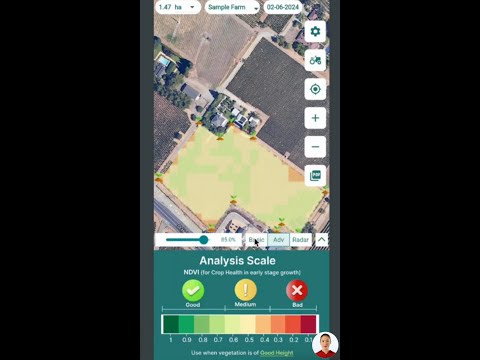







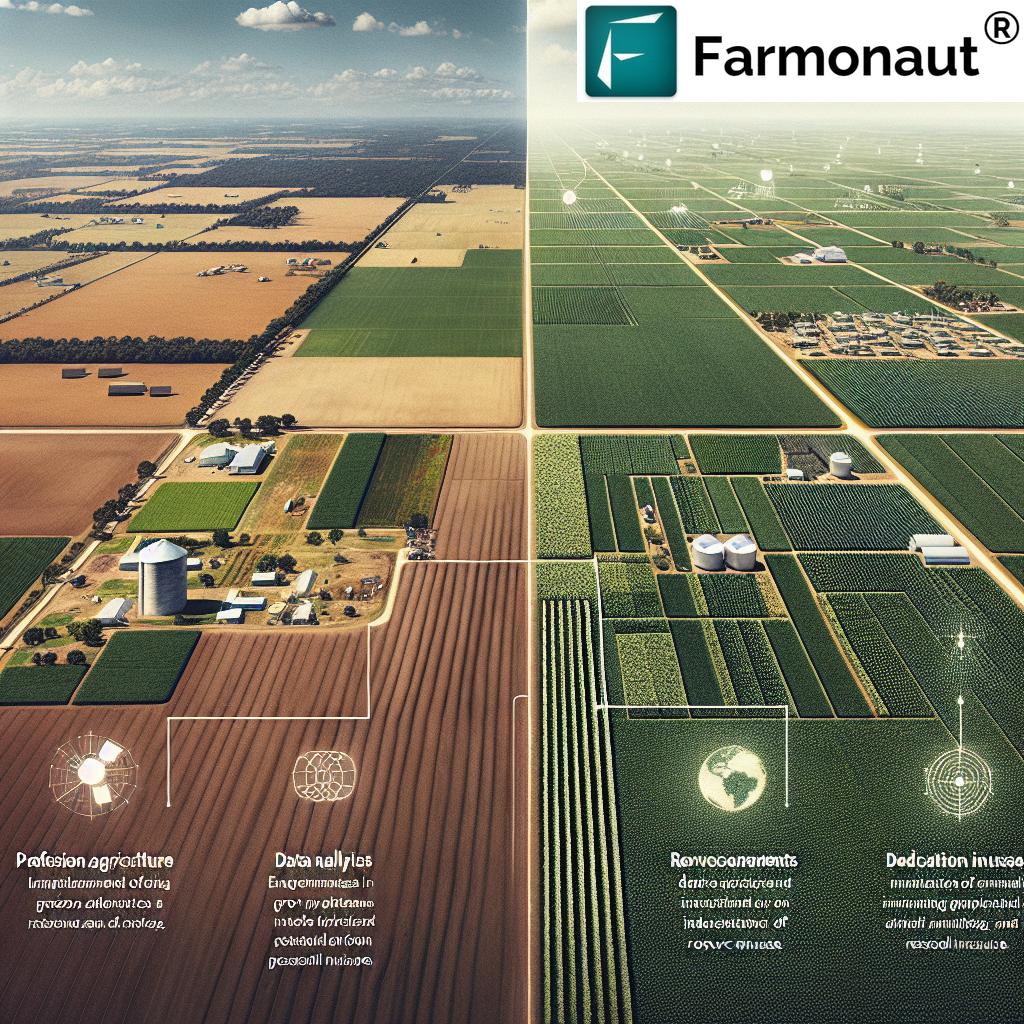



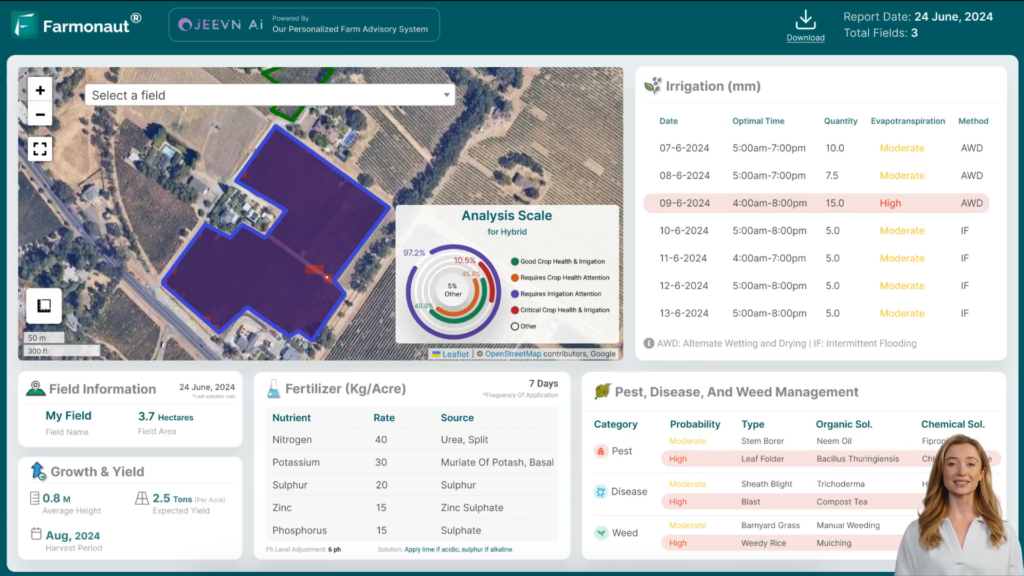


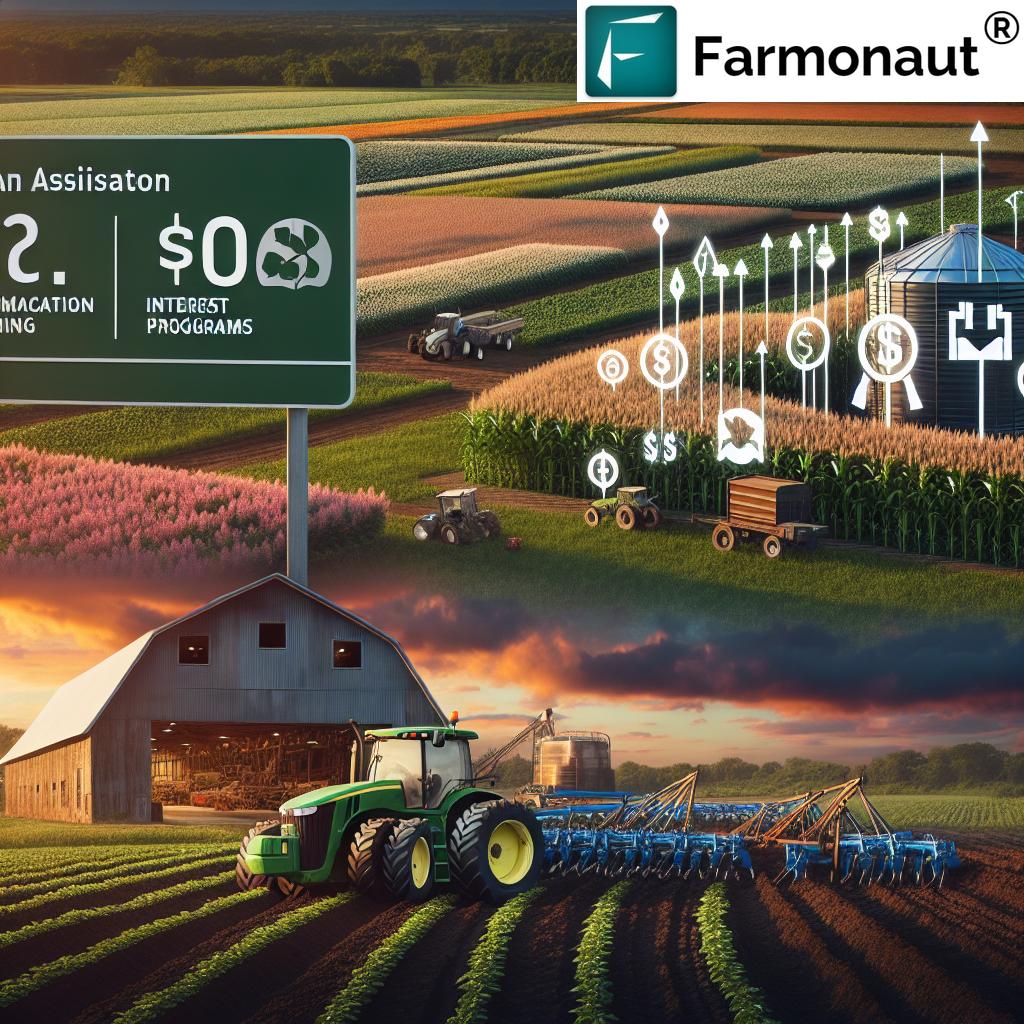



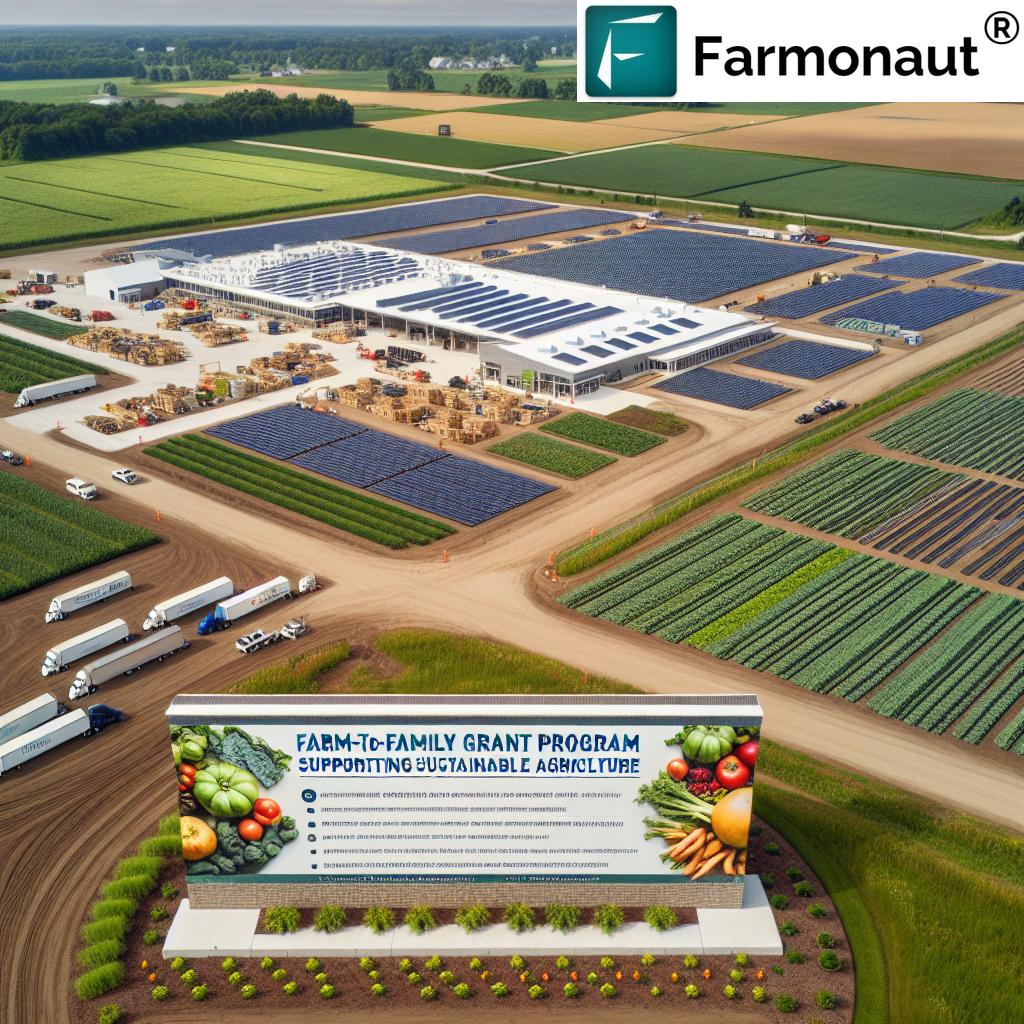
** “Given the current financial strain on American farmers, should we consider implementing a universal basic income for farmers to ensure their survival and incentivize sustainable agricultural practices? How might this affect the broader economy and food security?